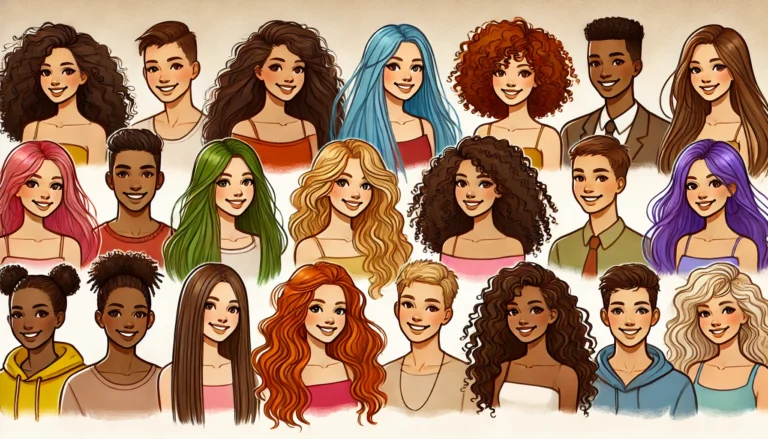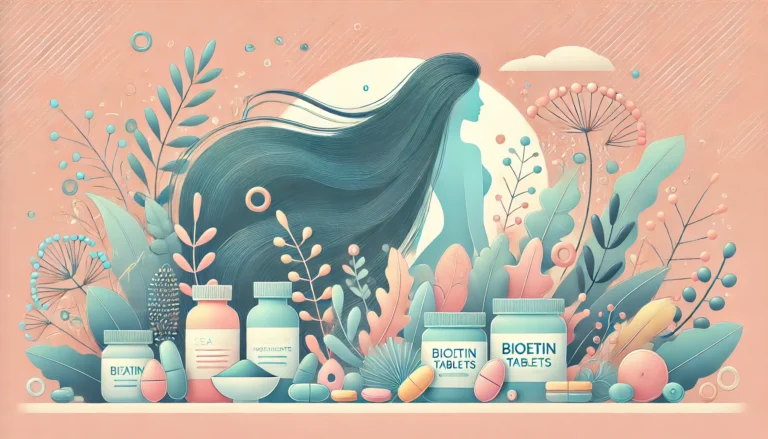Historical Hairstyles: Timeless Styles for Modern Flair
“`html
Have you ever struggled with finding a hairstyle that truly represents your unique style and personality? You’re not alone. Many of us face the same dilemma, often resorting to the same worn-out styles that everyone else seems to be wearing. The monotony of modern hairstyles can be stifling, making it difficult to stand out in a sea of identical looks.
The goal is to break free from the mundane and explore the vast array of inspirations available from the pages of history. By drawing on the rich tapestry of past fashion eras, you can discover a hairstyle that not only turns heads but also tells a story. Imagine channeling the elegance of the Edwardian era or the boldness of the Roaring Twenties in your everyday look.
In this article, we’ll explore various historical fashion eras and how their iconic hairstyles can inspire fresh, modern interpretations. From the curls of the Rococo period to the sleek lines of the 1960s, each style offers a unique opportunity to express yourself. Get ready to travel through time and find the perfect hairstyle to match your personal flair.
The Rococo Period: Lavish Curls and Volume
The Rococo period, spanning the early to late 18th century, is renowned for its exuberant and elaborate hairstyles. Often characterized by towering curls and opulent adornments, these styles were a symbol of wealth and status. Women of the Rococo era would often wear their hair in voluminous curls, sometimes augmented with wigs, to create an almost architectural masterpiece atop their heads.
Modern Interpretation
While today’s lifestyles might not accommodate such grandiose designs, the essence of Rococo can still be captured in modern styles. Opt for voluminous curls and consider adding decorative hairpins or combs that reflect the intricate embellishments of the era. Use a volumizing mousse or spray to maintain lift, and don’t be afraid to let your curls cascade freely for a more natural yet inspired look.
The Regency Era: Romantic and Natural
The Regency era, often associated with Jane Austen’s novels, embraced softer, more natural hairstyles than the previous century. Loose updos and curls were favored, often adorned with simple ribbons or floral accents. This period was all about understated elegance, allowing the natural beauty of the hair to shine through.
Modern Interpretation
To channel the Regency era today, consider a loose chignon or a low bun with soft, face-framing curls. This look is perfect for both everyday wear and special occasions. Use a lightweight texturizing spray to add volume and create a relaxed, romantic vibe. Finish with a ribbon or a small floral accessory to pay homage to this graceful period.
The Victorian Era: Intricate Braids and Buns
During the Victorian era, hairstyles became more structured and intricate. Braids and buns were the hallmark of this period, with women often spending hours perfecting their coiffures. The styles were designed to complement the high-necked dresses and elaborate collars of the time, focusing on creating a polished and sophisticated silhouette.
Modern Interpretation
Incorporate Victorian elements into your hairstyle by experimenting with braids. A braided crown or a fishtail braid can add a touch of vintage elegance to any modern outfit. For a more formal look, consider a braided updo that combines different braiding techniques. Secure your style with discreet pins and perhaps a delicate hair comb to maintain the authenticity of the era.
The Roaring Twenties: Bob Cuts and Finger Waves
The 1920s brought about a radical shift in fashion and hairstyles, characterized by the iconic bob cut and finger waves. This was a time of liberation and rebellion against traditional norms, with women embracing shorter hair as a symbol of independence and modernity. The sleek, glossy waves of this era remain a timeless style choice.
Modern Interpretation
To capture the essence of the Roaring Twenties, consider a sleek bob or experiment with finger waves. Use a strong-hold gel to create deep, sculpted waves that frame your face. For those with longer hair, faux bob styles can offer the same chic vibe without committing to a cut. Pair your hairstyle with bold makeup for a complete flapper-inspired look.
The 1960s: Sleek and Structured
The 1960s were all about sleek, structured hairstyles, with the beehive and the pixie cut becoming iconic. This era was marked by a sense of optimism and modernity, reflected in the clean lines and futuristic styles of the time. The beehive, in particular, symbolized the height of sophistication and glamour.
Modern Interpretation
To bring a 1960s flair to your look, consider a modern beehive or a sleek pixie cut. The key is to maintain a polished finish, so use smoothing serums or pomades to achieve that glossy sheen. A side-swept fringe can add a contemporary twist to these classic styles, making them perfect for both professional and casual settings.
By drawing inspiration from these historical fashion eras, you can find a hairstyle that not only suits your personality but also adds an element of timeless elegance to your look. Whether you choose the opulence of Rococo or the sleekness of the 1960s, these styles offer a unique way to express your individuality. So why not step out of the ordinary and let history guide your next hairstyle?
“`

